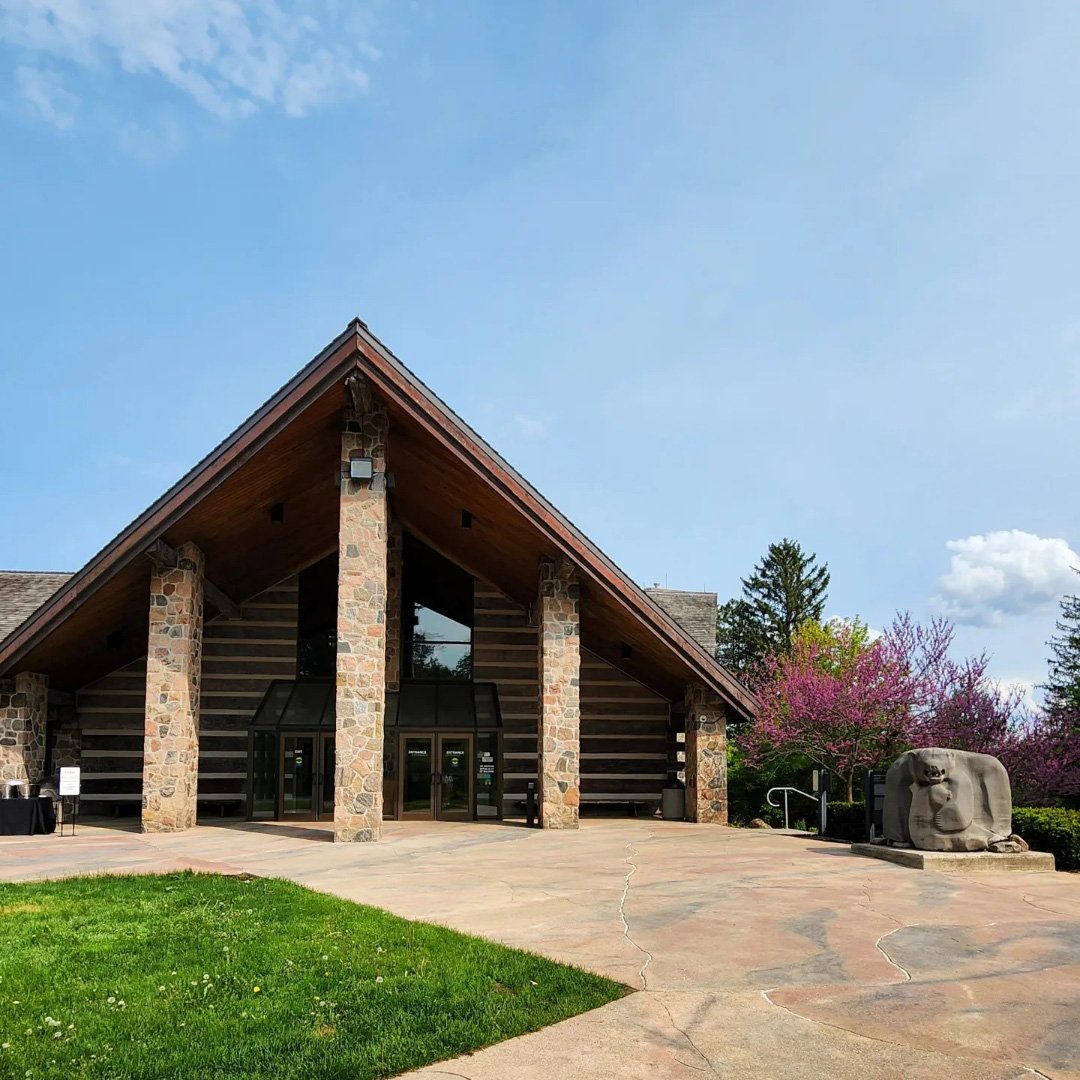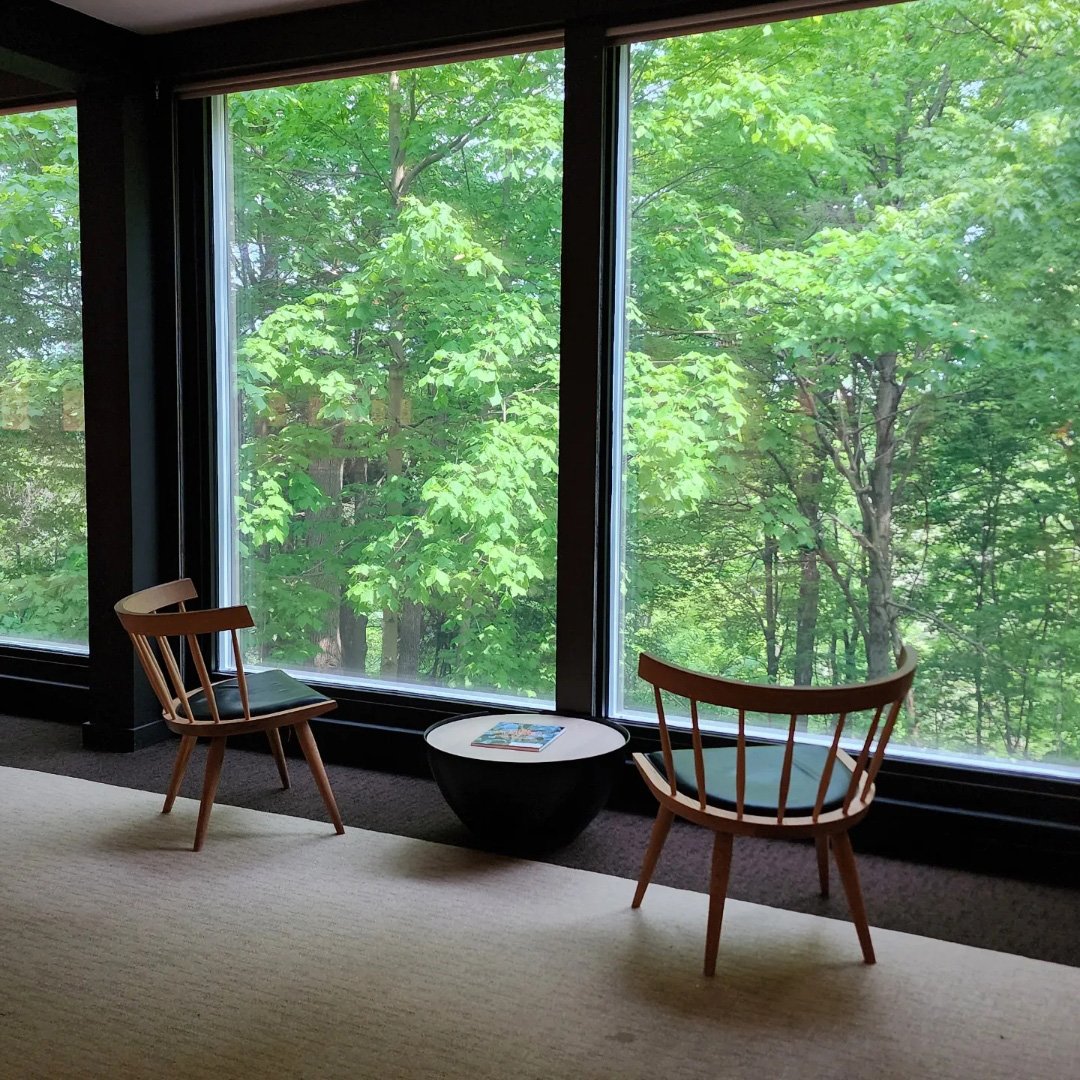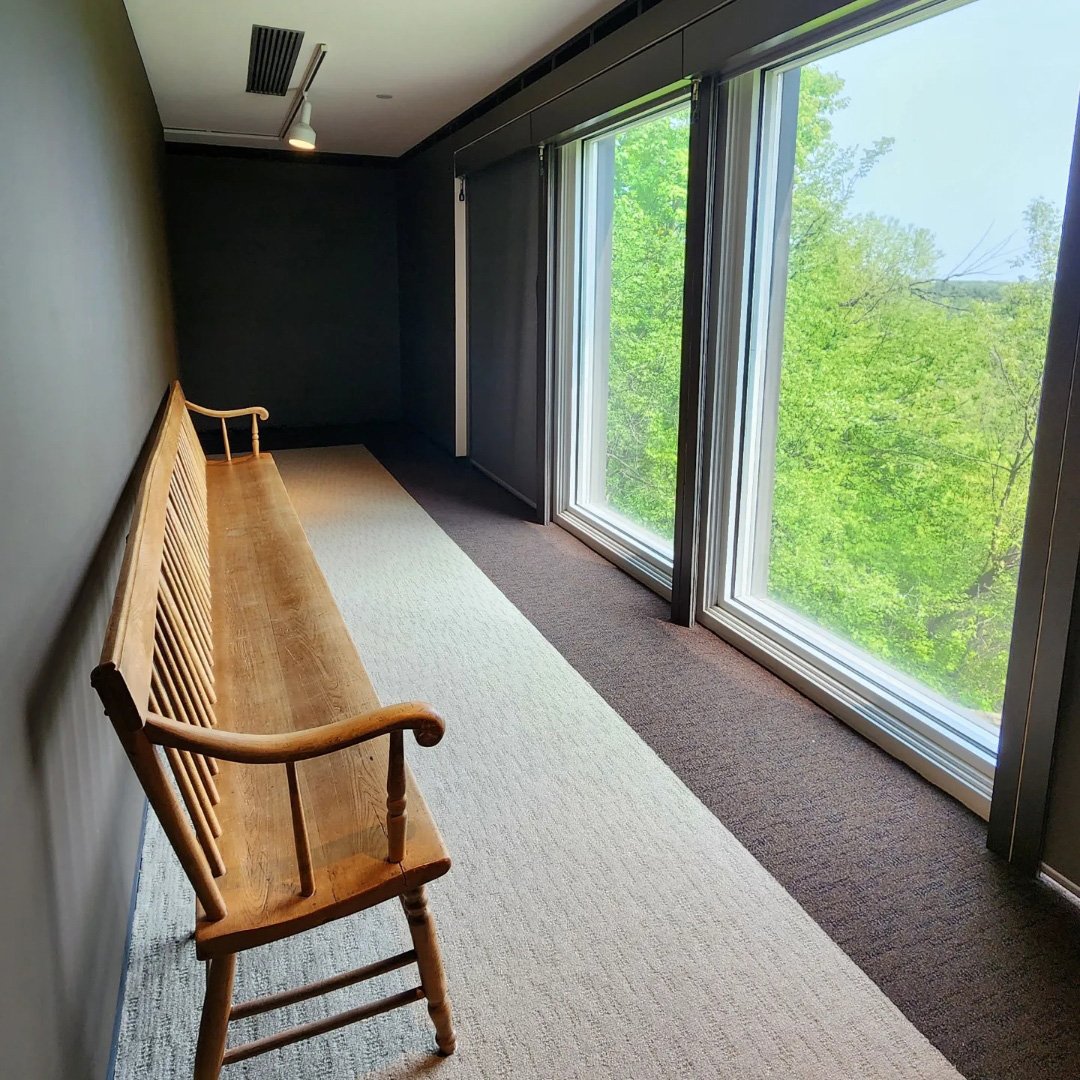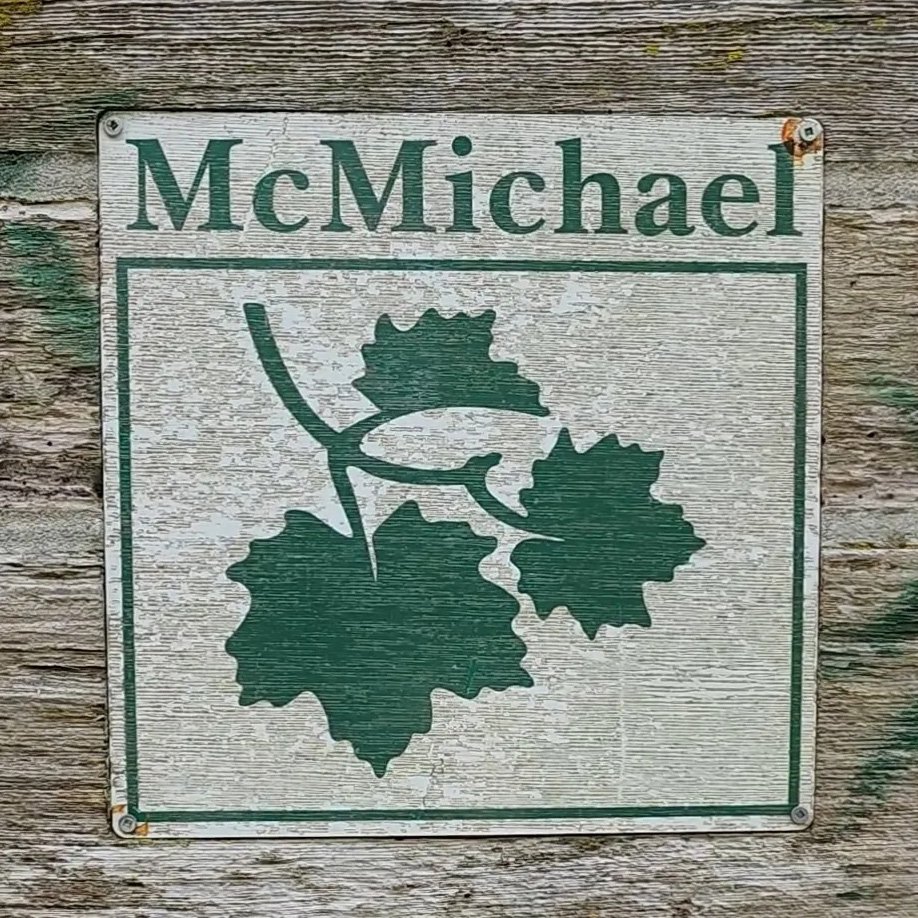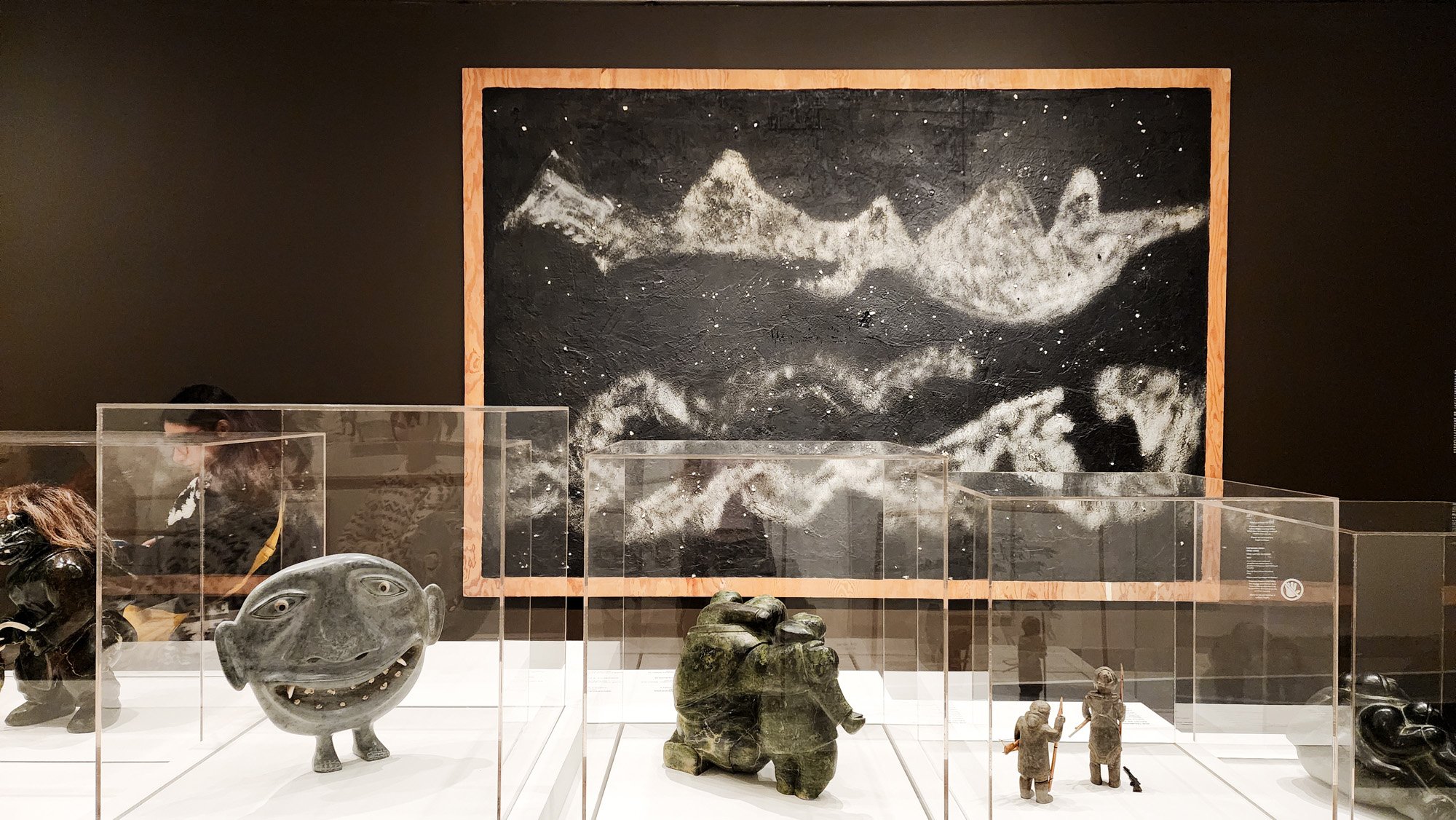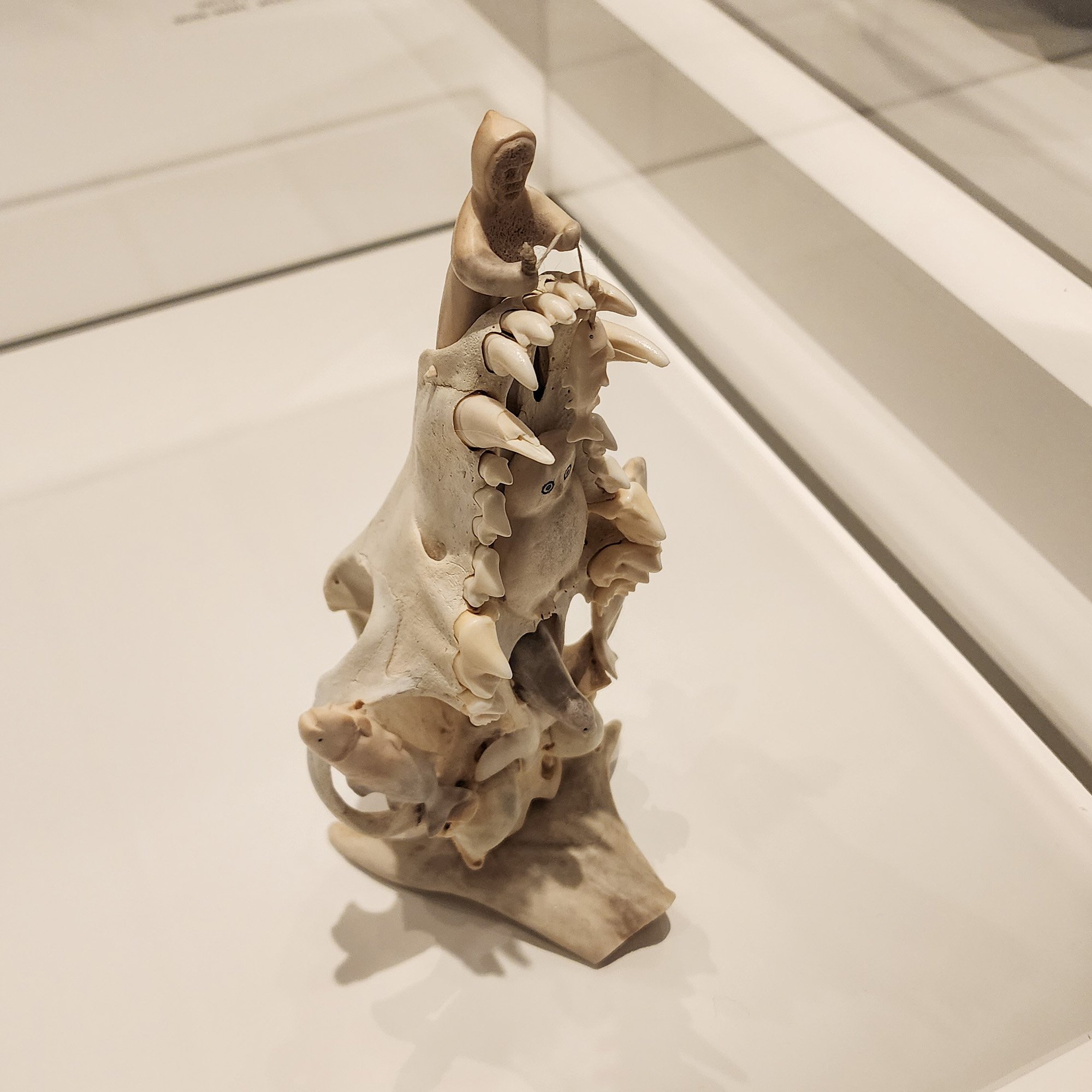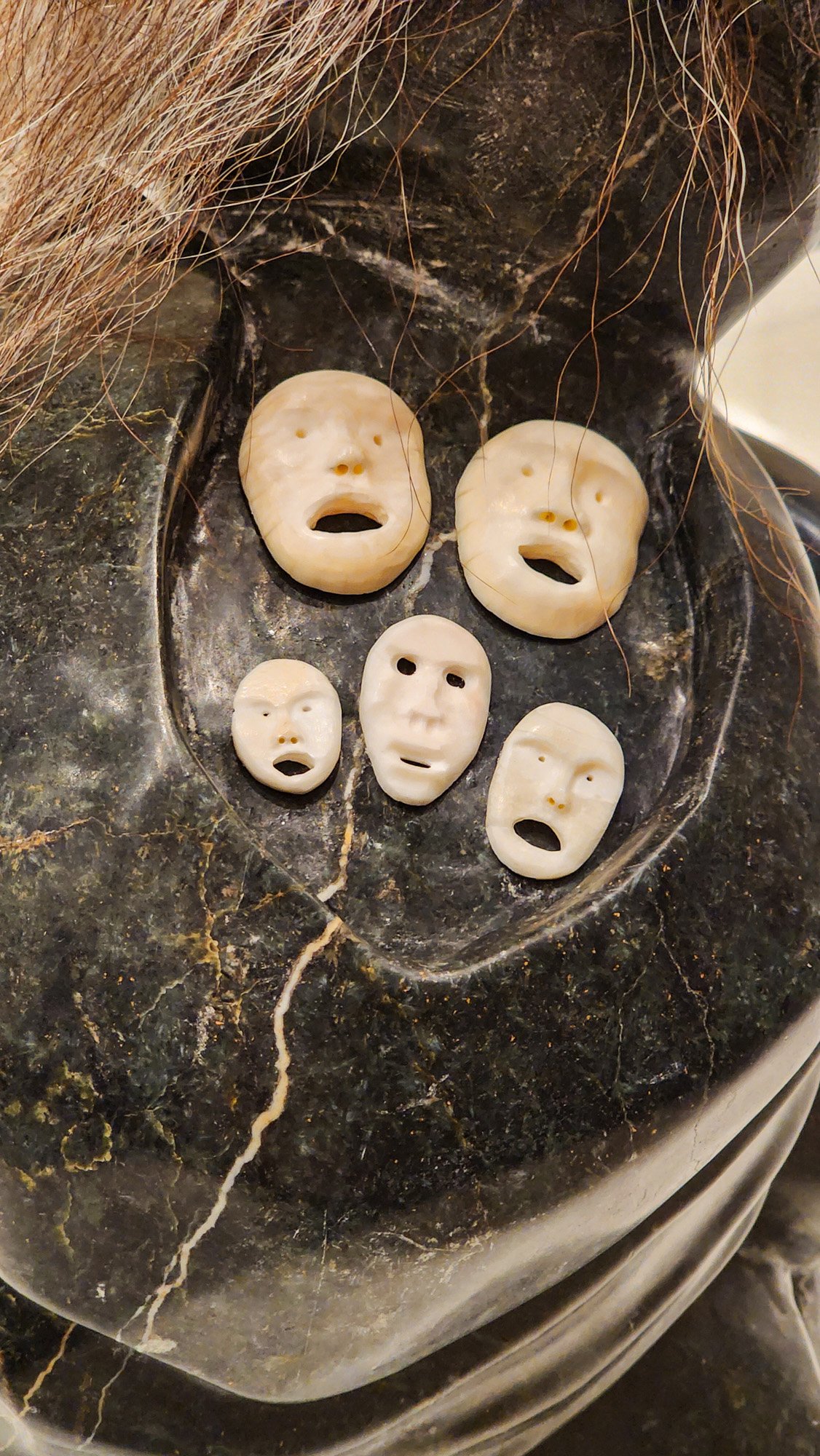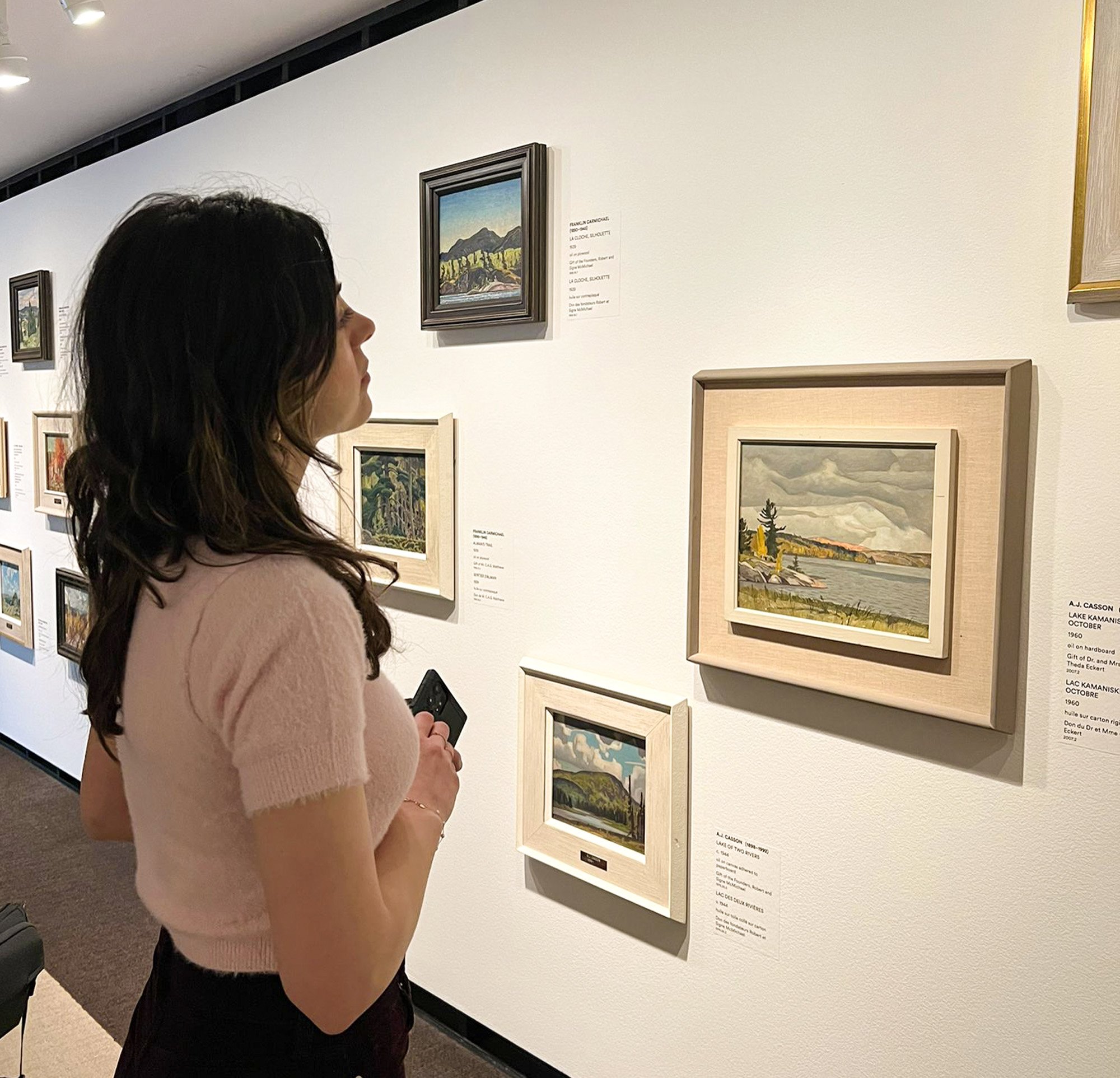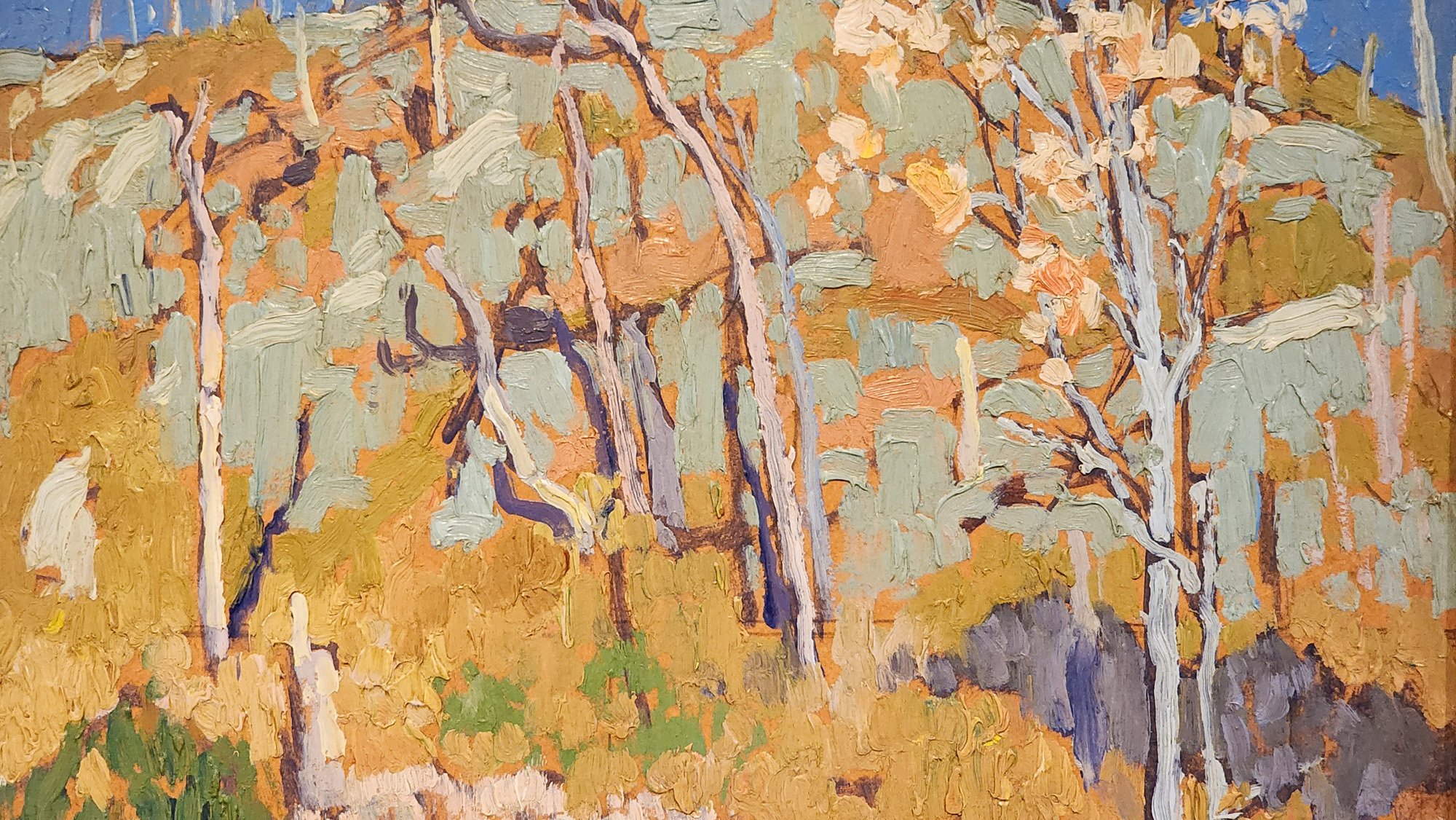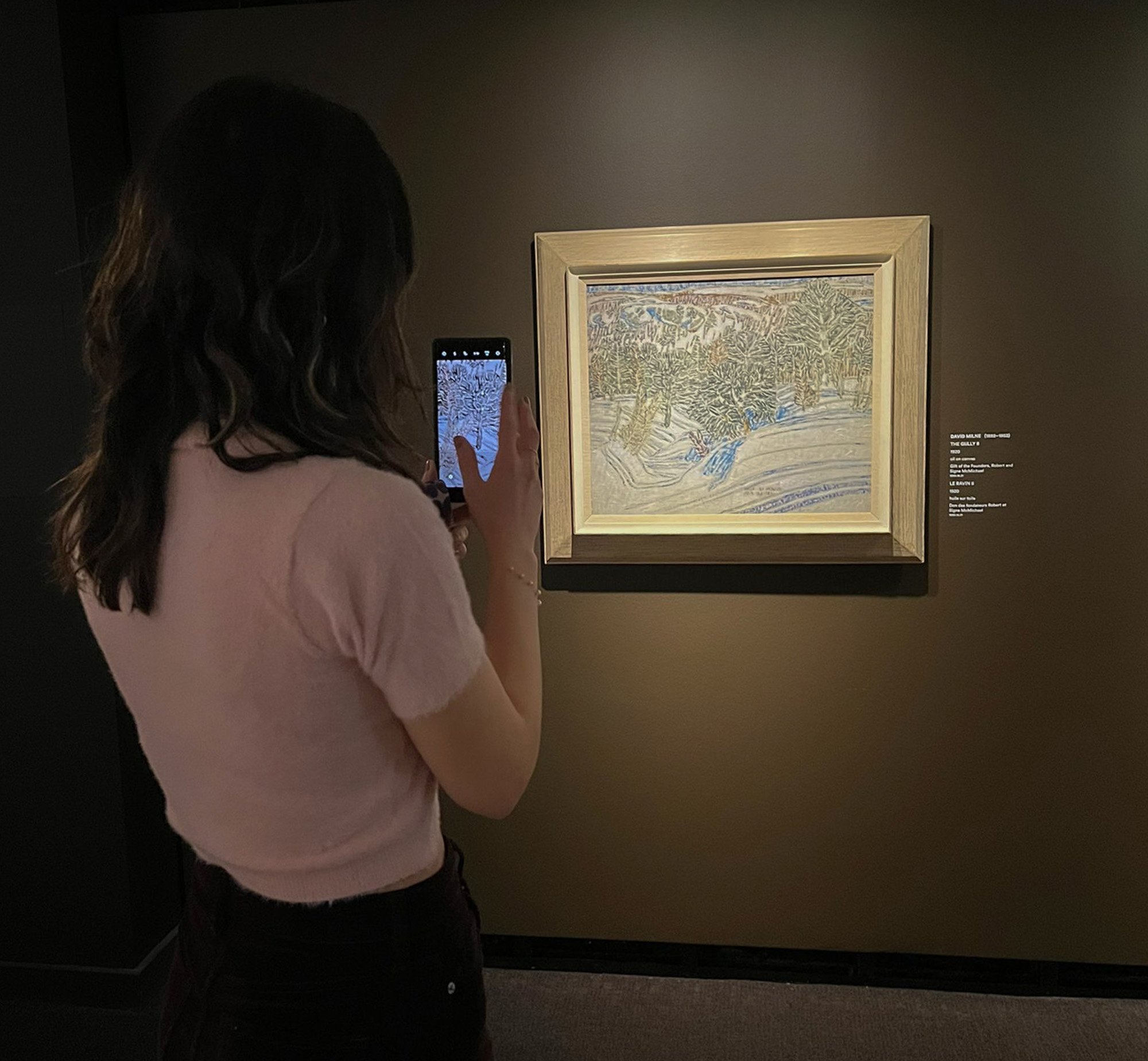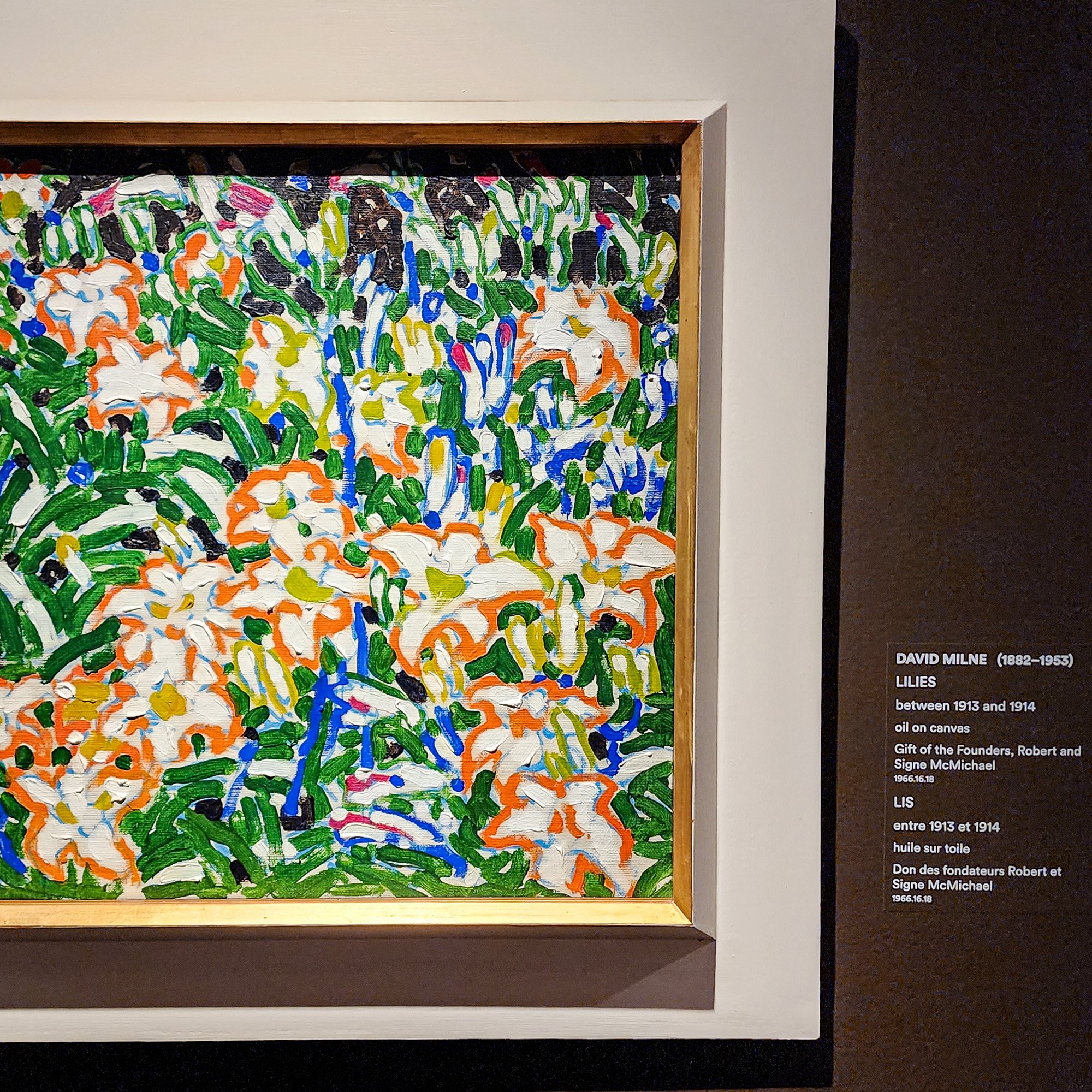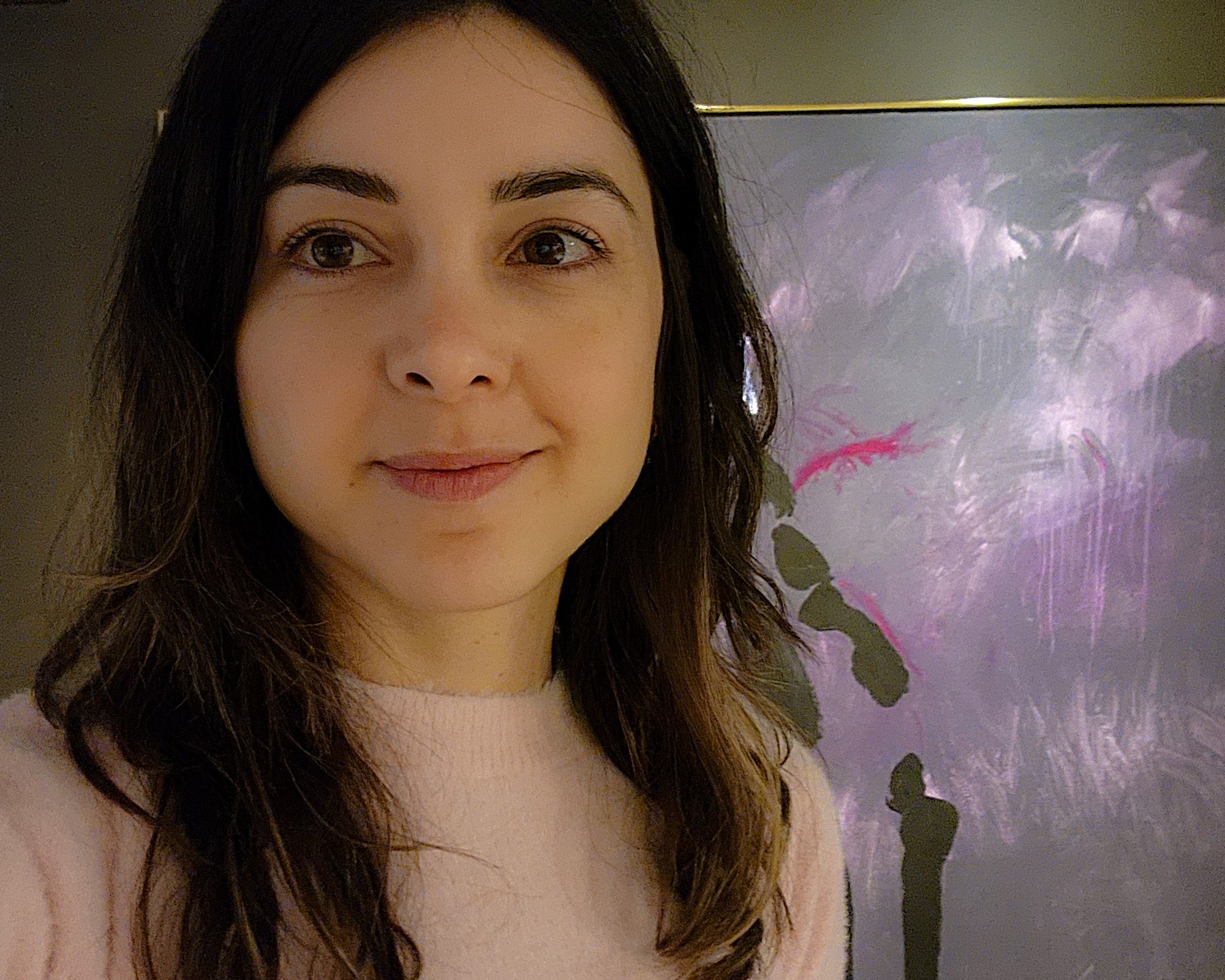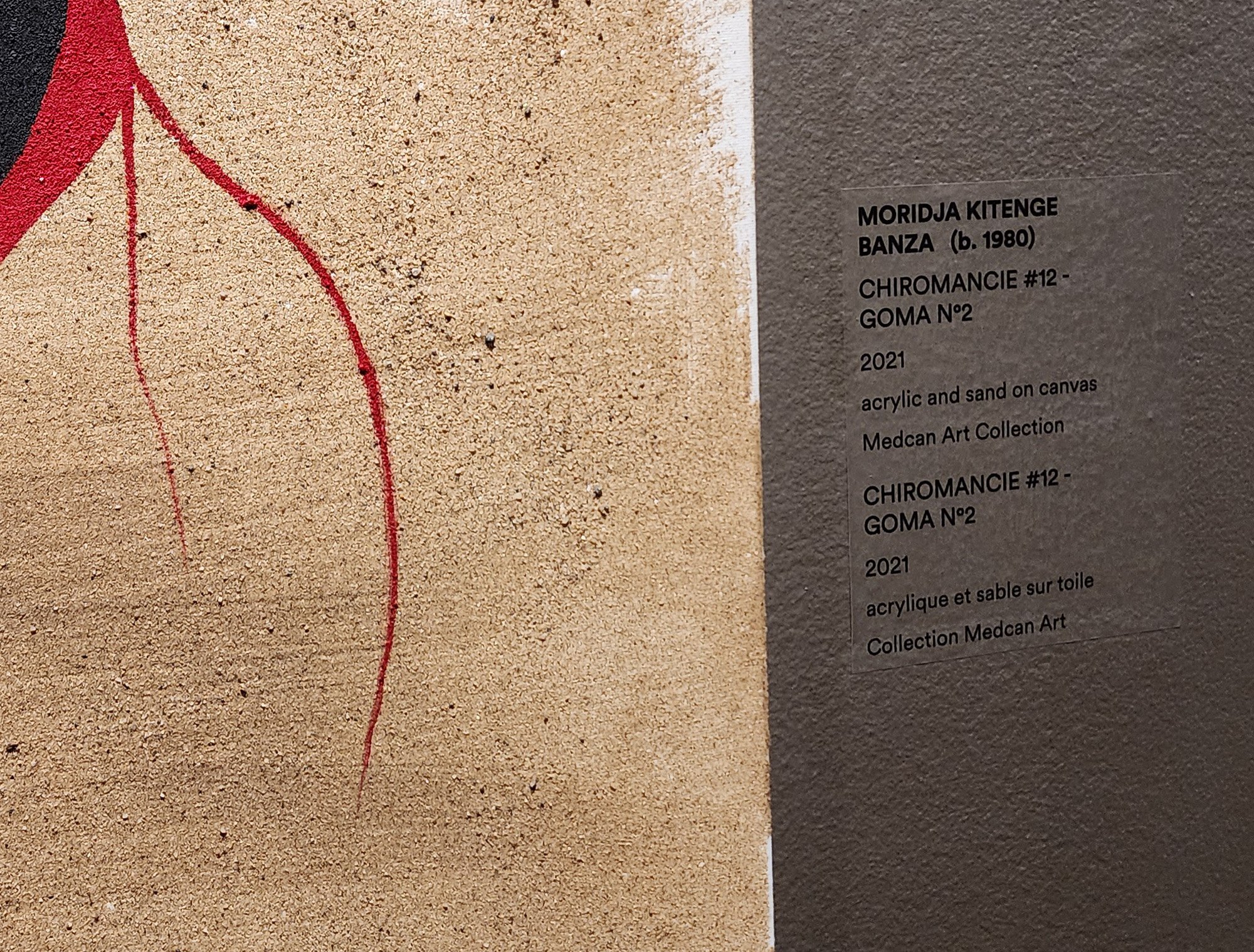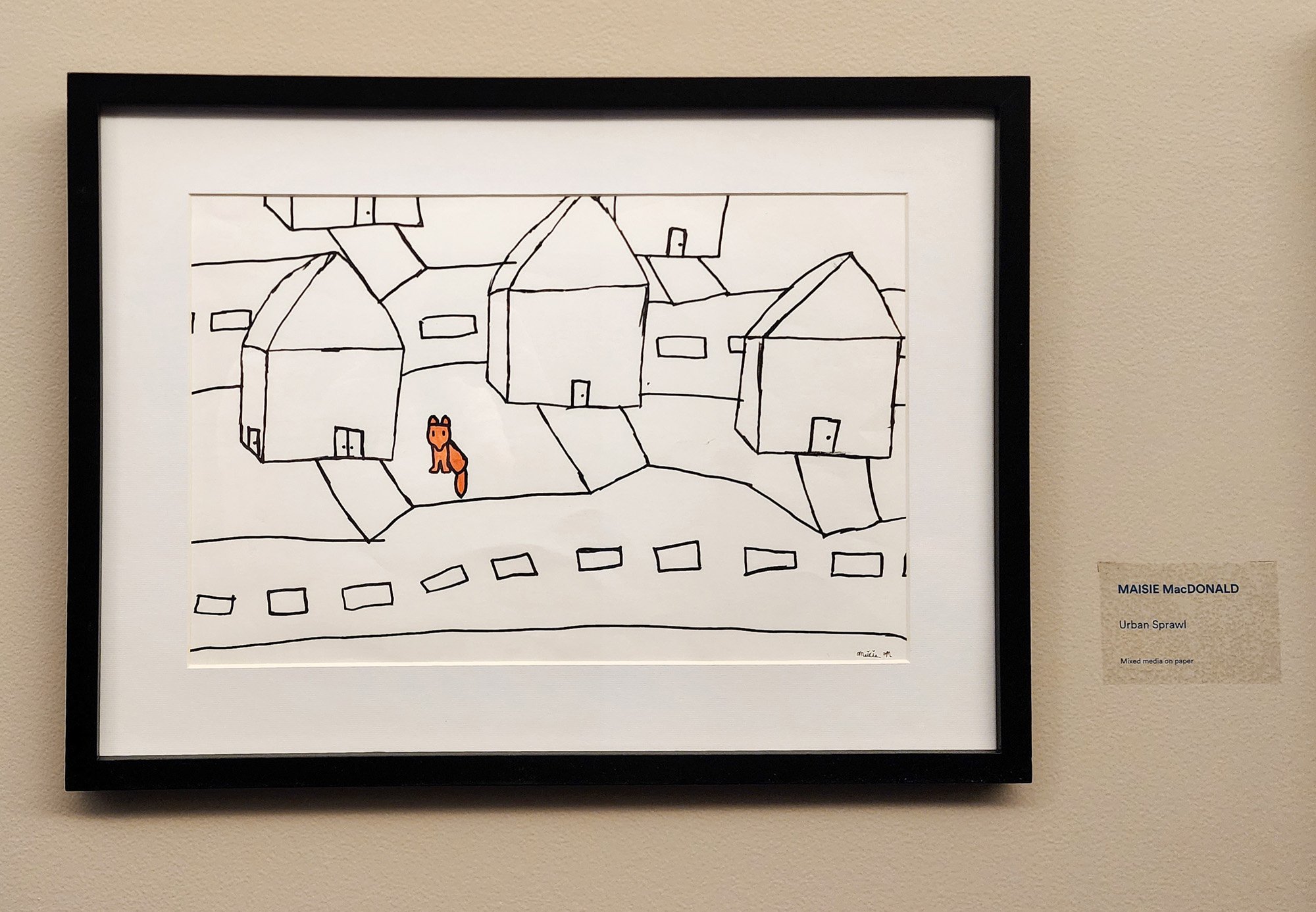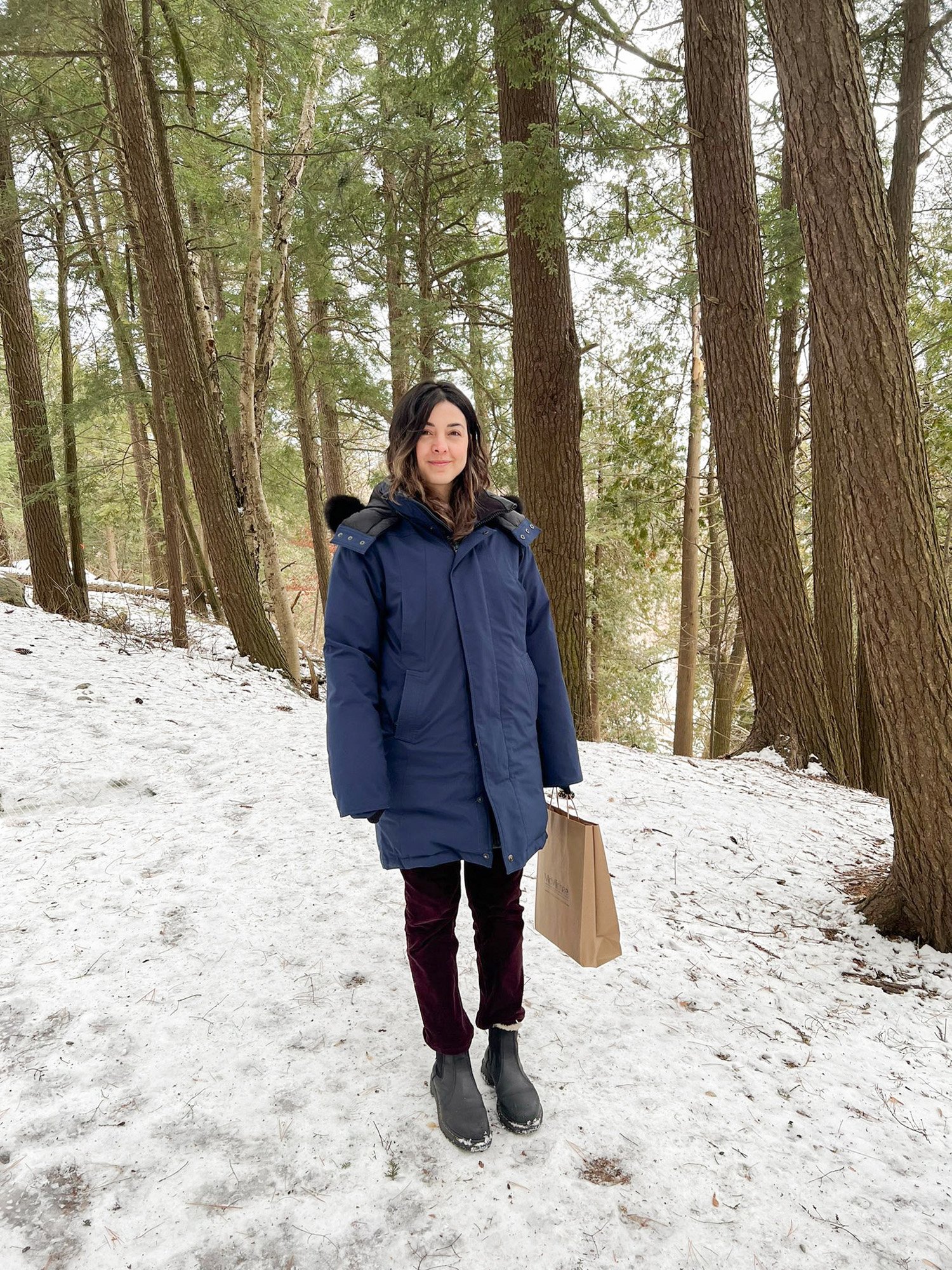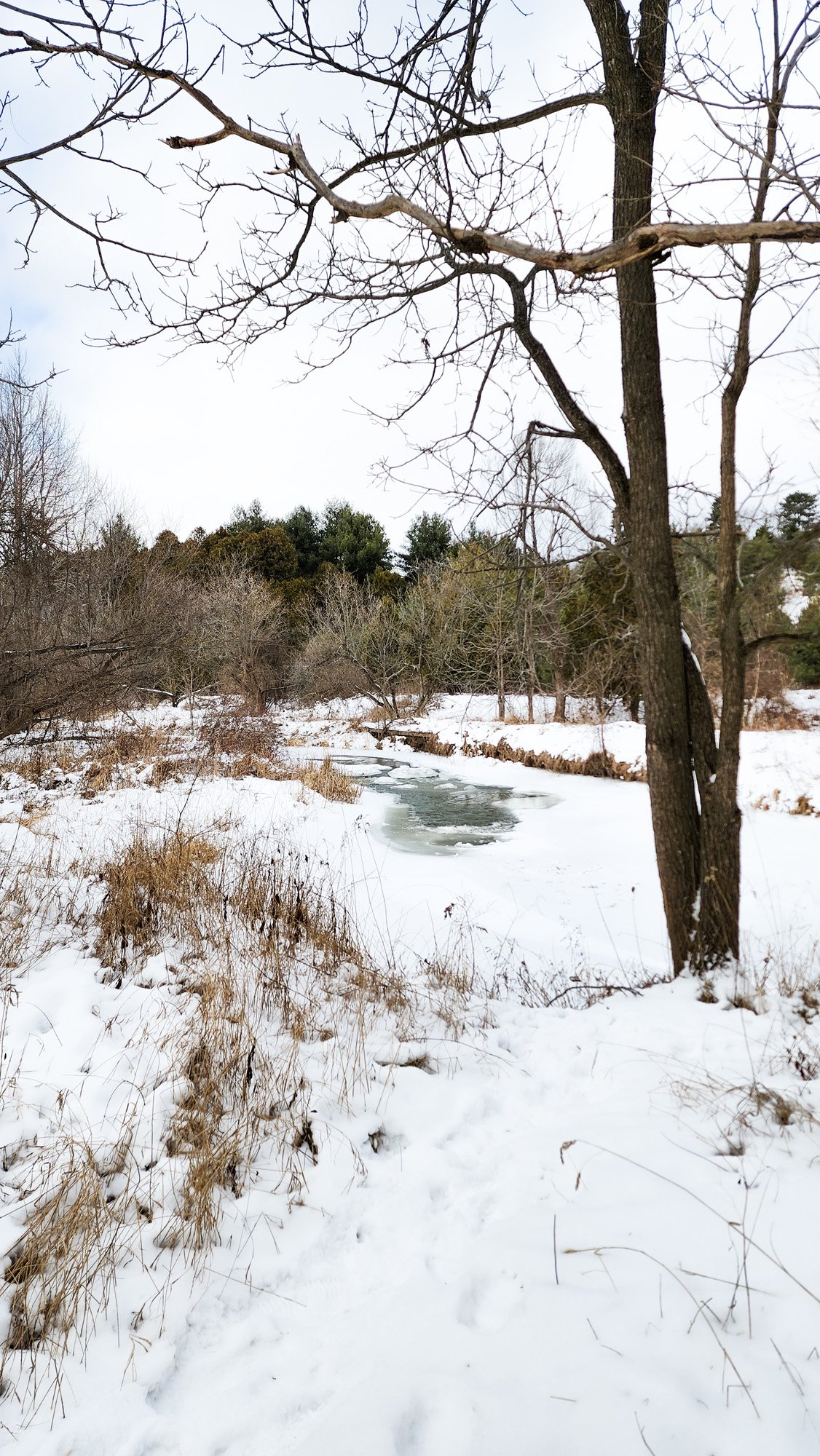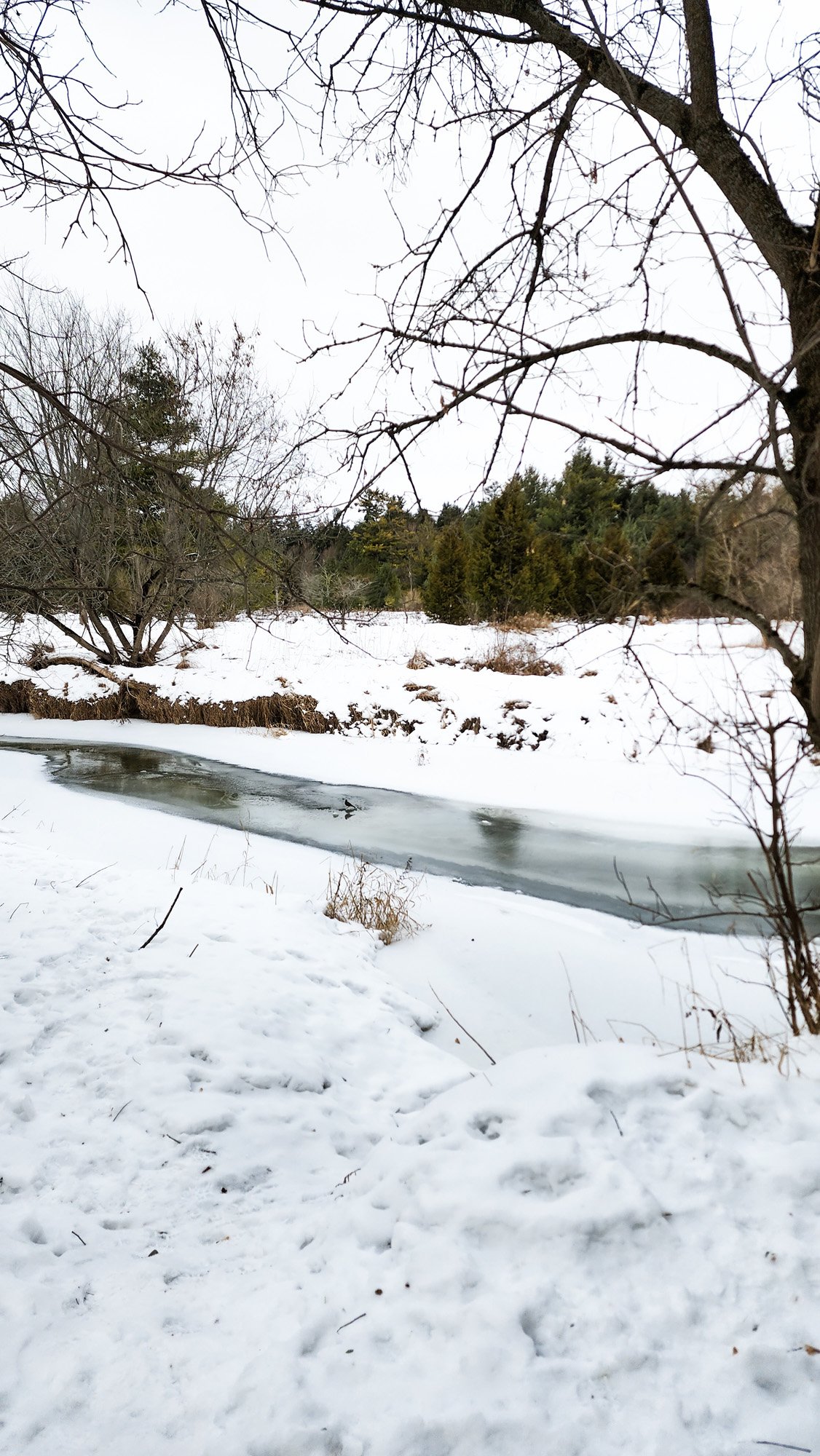EXPLORING ART & NATURE: A Guide to McMichael Gallery and Its Treasures
McMichael Gallery stands as a cherished destination for art and nature enthusiasts alike. Situated in Kleinburg, northwest of Toronto, it holds the distinction of being Canada’s largest publicly funded art gallery dedicated solely to Canadian and Indigenous art, both historical and contemporary.
"We love our paintings so much, that we consider it selfish to keep them just for ourselves"
In the mid-1960s, the McMichaels decided to transform their home into a public gallery, donating their property and collection to the Ontario government. This led to the creation of the McMichael Conservation Collection of Art. Thanks to this generous couple, we now have an inspiring space filled with art, scenic trails, and architectural wonders.
ART
For newcomers to the art world, here’s what to expect. The journey begins with powerful First Nations and Inuit artworks. Paterson Ewen's stunning portrayal of a dark Arctic sky in the first gallery is impossible to overlook, with bold, textured stone pieces layered on canvas. Nearby, intricate bone sculptures demand attention—especially the mesmerizing wolf skull. As you take it all in, minimalist paintings by Inuit artist Parr offer a moment of quiet reflection.
As you may have heard, the gallery boasts Canada's largest collection of works by the Group of Seven. No matter how many times I see their paintings, they always captivate me. Each viewing reveals something new—a shift in composition, a striking color palette, or a fresh perspective on the subject matter.
Keep an eye out for Frederick Varley’s paintings—he was one of the founding members of the Group of Seven, and his distinct color palette is so recognizable that we like to call it ‘Varley Colours.’
Lately, I've been immersing myself in the works of David Milne. Known as the "Master of Absence," he had a remarkable knack for distilling paintings to their core essentials. I’ve been studying his brushwork and nuances, eager to learn from his mastery. I even picked up one of his books from the gift shop—excited to see how his creativity might influence my own artistic journey.
Galleries are incredible places to discover new artists. Last year, I stumbled upon Gathie Falk’s pieces here. During this visit, I was drawn to the contrast between sketches and finished works by O’Brien Mine. I was also fascinated by how Moridja Kitenge Banza incorporates sand into the backgrounds of his paintings, adding a unique texture and depth.
NATURE
I typically park at Bindertwine Park, where there’s free parking, and take the William Granger Greenway - Humber Trail, a scenic 10-minute walk to the gallery. As you follow the trail, the sights and sounds of nature gradually draw you in, setting the stage for the artistic experience ahead. After immersing yourself in the art—especially the Group of Seven paintings—you’ll likely find yourself seeing the surrounding trails through a fresh lens.
While exploring, stay alert for nature’s hidden marvels. The gentle rustle of leaves, the vibrant hues of wildflowers—each step holds the potential for a new discovery. It was here that I first spotted bloodroot, a small but striking flower, adding an unexpected delight to my walk.
For those looking for a deeper outdoor experience, the surrounding area offers plenty of additional trails. Whether you prefer winding forest paths or tranquil riverfront routes, there’s something for everyone. If you’re a seasoned hiker or just out for a relaxing stroll, the trails around the McMichael Gallery promise endless opportunities for adventure and discovery.
NOTES:
A guided tour is well worth it! Each guide brings a unique perspective that can enhance your appreciation of the artwork.
Here’s a little-known tip: The gallery offers a Public Day every third Sunday of the month, allowing visitors to explore for free. Just be sure to book your ticket in advance to secure your spot!

